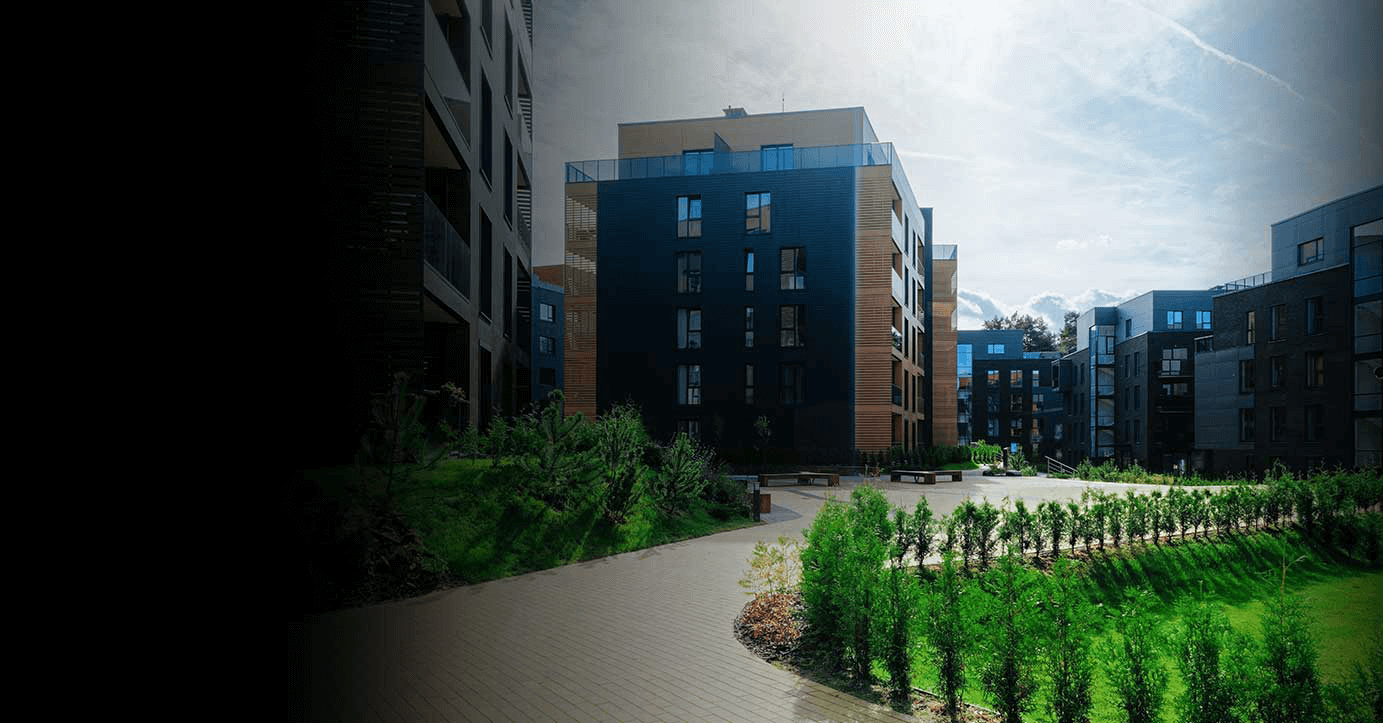Enhancing Wireless Connectivity and Efficiency in Multi-Unit Environments for Optimal Customer Satisfaction
In today's environment, maintaining a robust and dependable Wi-Fi connection is essential, especially in multi-dwelling settings like flats or condo complexes. Numerous individuals rely on the network for employment, school, and entertainment. However, Wireless transmissions can struggle to reach every area of these buildings due to various obstacles. These obstacles can include walls, levels, and other digital equipment that disrupt the connection. To enhance Wireless signal strength and functionality in these environments, it is important to understand some basic concepts of Wi-Fi communication.
One efficient way to boost Wireless operation is by strategically placing routers and access points throughout the building. A central location is usually best, as it allows the signal to travel evenly in all directions. In larger multi-dwelling units, multiple access points may be necessary. These devices help extend the range of the Wi-Fi network and provide better service to occupants in different sections of the structure. Additionally, using equipment that adhere to the current Wi-Fi protocols can lead to higher bandwidth and enhanced total efficiency.

Another key aspect in improving Wi-Fi signal strength is reducing interference from other devices. Most household items, such as ovens and wireless handsets, can disrupt Wi-Fi transmissions. It is advisable to keep modems away from these devices to ensure a more stable signal. Additionally, adjusting the frequency settings on a router can help minimize conflict from neighboring signals. The majority of routers by default choose the best band, but individually selecting a less crowded one can enhance efficiency.
Regularly refreshing router firmware is also necessary for maintaining maximum wireless performance. Vendors routinely release patches that fix bugs and enhance security measures. Maintaining the firmware current ensures that residents take advantage of the latest improvements and defenses against potential risks. Furthermore, monitoring network activity helps detect which devices utilize more bandwidth, allowing for better allocation of available capacity.
Finally, educating users about best practices for utilizing Wi-Fi can greatly improve their performance. Basic steps such as pairing only necessary units, employing Ethernet links when possible, and find more information routinely rebooting the device can make a difference. By fostering a community that comprehends how to optimize their news network usage, multi-unit residences can enhance resident satisfaction and guarantee that everyone experiences a reliable Wi-Fi connection. This integrated approach of planned placement, reducing conflict, managing equipment, and informing users will result in a more efficient and satisfying Wi-Fi usage for all residents.